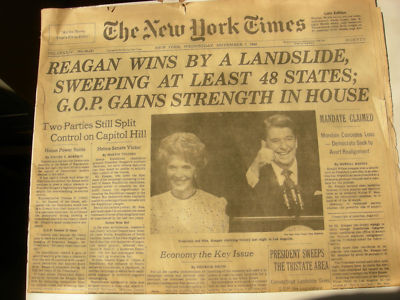

An announcement that Lee Marshall (chairman of the Continental Baking Company) had been appointed Deputy Administrator of the War Food Administration.A declaration by French General Henri Honoré Giraud that an Allied invasion of German-occupied France was due soon.Accusations that civilians had bribed officials to allow servicemen from the Detroit area to be stationed at the Selfridge Field Army base.Mayor La Guardia's announcement that New York City was planning to undertake the retailing of meat (due to wartime price restrictions).News of British and Indian forces withdrawing from one of their last footholds in Japanese-occupied Burma.

Other New York Times front-page topics that day included the following: government program to monitor telephone calls:įor the record, the lead stories (and several of the other front-page articles) published on of the New York Times on dealt with the Allied military campaign against German forces in Tunisia: We saw a similar example of this type of satire earlier in 2006, one aimed at the controversy over the New York Times' publication of information about a classified U.S. The original version of the image published on included bars at the top and bottom identifying the nature and source of the item, but they were cropped out of the version circulated via e-mail. It was in 1943.) The image is a form of political commentary that satirizes a modern political viewpoint (in this case opposition to the 2006 Israeli invasion of southern Lebanon in response to Hezbollah attacks launched from that area) by projecting it into a different historical context (in this case the 1943 uprising of Warsaw Ghetto Jews against their German captors). (It doesn't even look like the New York Times' format, either as it is now or as Origins: The image displayed above is neither a genuine reproduction of the front page of the New York Times nor of any articles appearing in that newspaper. 20.This is supposedly a NY Times cover about the Jewish uprising in the Warsaw Ghetto - looks fake to me Michael’s Golden-Domed Monastery in Kyiv on Feb. President Biden and President Volodymyr Zelensky of Ukraine in front of St.

In the towns where Russian forces have fled, Ukrainians have documented evidence of killings and other atrocities.įor a year, photographers with The New York Times and other news organizations throughout Ukraine have chronicled the ordeal of war. Artillery has flattened towns and sent millions of civilians fleeing to safer cities in Ukraine’s west or across its borders. Russian strikes have hit the capital, Kyiv, and the central city of Dnipro. In talks with its European and American supporters, Ukraine has received promises of tanks, air defenses and Western training for its troops.īoth Russia and Ukraine are expected to launch offensives in the spring: one to seize more of the eastern Donbas region, the other to claw back territory from the occupying Russians.īut even if fighting remains most intense in the east, the war pervades life everywhere. In a draft, Russia mobilized hundreds of thousands of men to shore up its defenses, compensate for heavy losses and hurl waves of troops at Ukrainian positions. And although Ukraine executed two largely successful counteroffensives in the fall - forcing Russia to retreat from hundreds of square miles in the northeast and the south - the pace of fighting has slowed to a vicious battle of attrition, largely over eastern territory. Those strikes have also fallen on towns and cities, inflicting a horrific toll on Ukrainian civilians, tens of thousands of whom are believed to have been killed. In the 12 months since Russian troops marched across Ukraine’s borders, the two countries’ forces have fought across hundreds of miles, in storms and baking sun, in sinking temperatures and all while artillery shells and missiles fell up and down the front. In snow-shrouded ruins where families once lived, muddy trenches and fields where farmers once toiled and dark city streets where missile strikes have knocked out the power, the evidence of Russia’s invasion is everywhere.


 0 kommentar(er)
0 kommentar(er)
